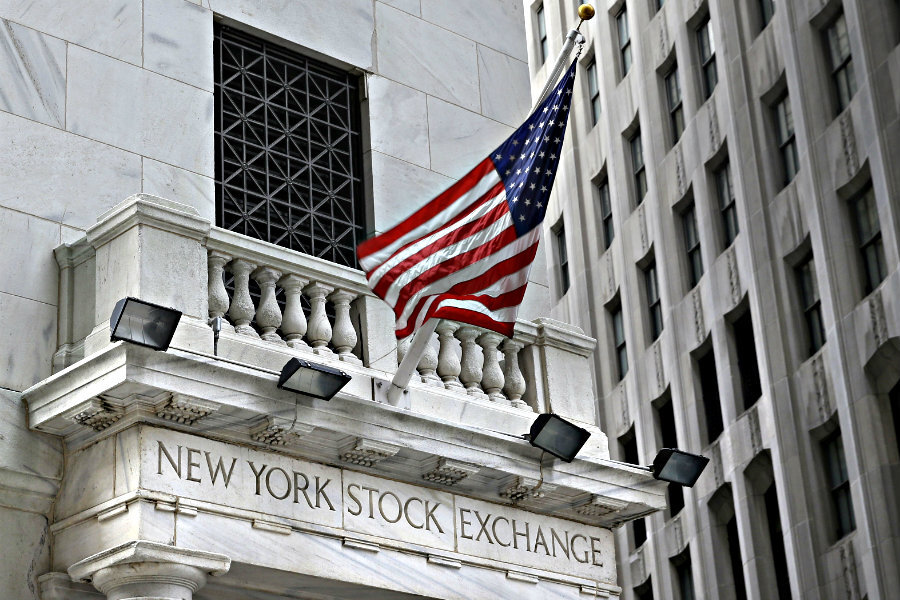Four ways to earn more interest on your money
Loading...
Four months after the Federal Reserve raised interest rates for the first time in nine years, consumers aren’t earning any more on their savings. The national rate of return on savings accounts is still a mere 0.06% APY, on average, according to the Federal Deposit Insurance Corp.
There’s usually a lag between when the Fed raises rates and banks start paying more interest to customers. But why wait? You can get much better yields right away by hustling for a more competitive return on your own nest egg. Here’s how.
1. Switch to a high-interest online savings account
The biggest national banks pay just 0.01% or so on savings accounts, but you can get more with many online-only accounts. If you’re OK with ditching bank branches, it’s possible to find online-only high interest savings accounts that pay 1.0% or more.
In years past, some consumers might have been nervous about depositing their money in a virtual bank. But these days online banking is increasingly popular. Rest assured that as long as your online bank is a member of the FDIC, your deposits of up to $250,000 are insured by the government.
2. Look for a high-yield checking account
It might feel like a great deal if you have free checking, or if you maintain a high-enough balance to waive the monthly fee. But you can do better if you keep your day-to-day spending money in an interest-bearing checking account. These pay from 0.01% to 1.75%.
The trick is, you really need to keep on top of your account so that you don’t incur any fees that would eat away at interest you earn; higher-yield accounts generally require you to jump through hoops on a regular basis. Examples include setting up direct deposit, using your debit card a set number of times each cycle, or doing online bill pay. Some high-yield accounts may require membership in a particular credit union.
There are many checking accounts that require only a $1 minimum to earn the APY, although if you can keep at least $100 in there at all times, you’ll likely snag higher rates. If you’re the type who keeps close tabs on your account, shop around for a checking account to optimize your interest earnings.
3. Join a credit union
Speaking of credit unions, compared with traditional banks, these institutions pay somewhat higher average interest rates on their versions of savings accounts, CDs, money market accounts and interest-bearing checking accounts. Credit unions were paying an average of 0.13% on savings accounts as of late December, and you can find individual credit unions offering yields north of 1% to their members.
Many credit unions restrict membership based on your job or where you live. But some of the best deals available are from credit unions with extremely flexible requirements — perhaps just a small, one-time charitable donation. Geography is also less of an issue these days, thanks to online and mobile banking, along with shared ATM and branch networks.
4. Avoid locking up everything up in a single CD — try a ladder
CD yields remain low, but interest rates should improve if the December Fed rate hike signals, as many believe, the beginning of a higher-rate environment. But that means a different strategy for CD holders.
Generally, the longer the term of the CD, the higher the rate. So consumers with a stash of cash typically try to commit to the longest term that they can, say five years or longer.
But if you believe rates are going to creep upward, locking up your money for many years is the last thing you want. Instead, you could use a “CD ladder,” dividing up your money into several pots with different terms. So rather than put $10,000 into one 5-year CD, you could divide it into five investments of $2,000, then purchase a one-year, two-year, three-year CD, and so on. After a year, when your first CD matures, you can roll that first $2,000 into a new five-year account, hopefully at a higher market rate. Rinse, and repeat.
Although signs do point toward a rising interest rate environment in coming years, you’re not completely at the mercy of the market trend. Regardless of whether interest rates stay relatively flat or slowly rise, it’s always possible to do better for yourself by shopping around for the best savings accounts, and going after the best interest rates you can find.
Jeanne Lee is a staff writer at NerdWallet, a personal finance website. Email: jlee@nerdwallet.com.Twitter: @jlee_jeanne. This article first appeared at NerdWallet.







